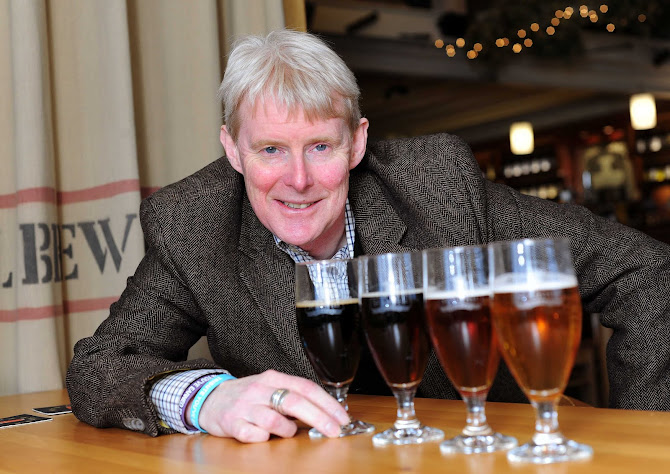 |
| Palette Ashtray |
I've purchased many over the years for my jobs working for Morland Brewery and St Austell Brewery. The cheaper ones were made of glass or melamine but the classic ashtrays were usually formed in ceramic. One of my all time favourites was the palette ashtray from Morland and I confess to acquiring a few of this classic piece from various online auctions.
 |
| Old Speckled Hen Ashtray |
However, as geeky as this interest might be now, saving these items does mean we get to remember the beers and breweries from yesteryear. Plus, we can also see how a brands design and advertising approach may have changed over time as the supporting POS reflects this. I think its really important and interesting to keep these things alive but does lead one to reflect on the very lack of such items of the current beers. For example, just how will we remember the craft beers and modern brands of today if brewers rarely produce POS to support them?
As people drink more at home and less in pubs the need for POS becomes less. Its also true that pub brands are more common now and they tend to use less POS from supplier brands as the messages within the pub needs to be more consistent with their overall offer. The growth of digital marketing has had a huge negative impact on the need to for POS. It certainly makes brands more accessible and reputations are now built online as opposed to more traditional marketing methods, but there is little need for POS to support this media.
So in my view, the once humble and somewhat maligned pub ashtray still has a significant role to play in remembering the beers from the past. If you own such and item, don't throw it away, it will likely never be worth much but they are part of brewing history and of interest to someone. As for todays brands, hopefully someone will come up with the modern day equivalent of the pub ashtray to help us remember all the current exciting and innovative brands. It would be a great shame if in ten years time we have no physical reminders of the beers we love and currently enjoy.

